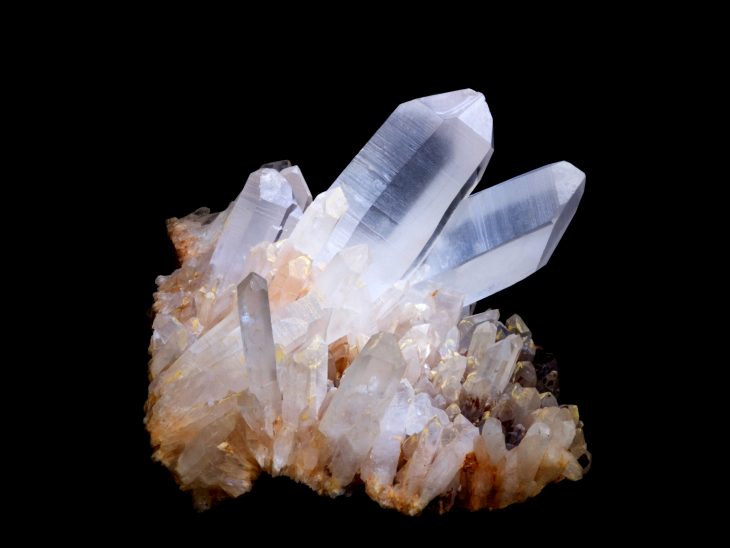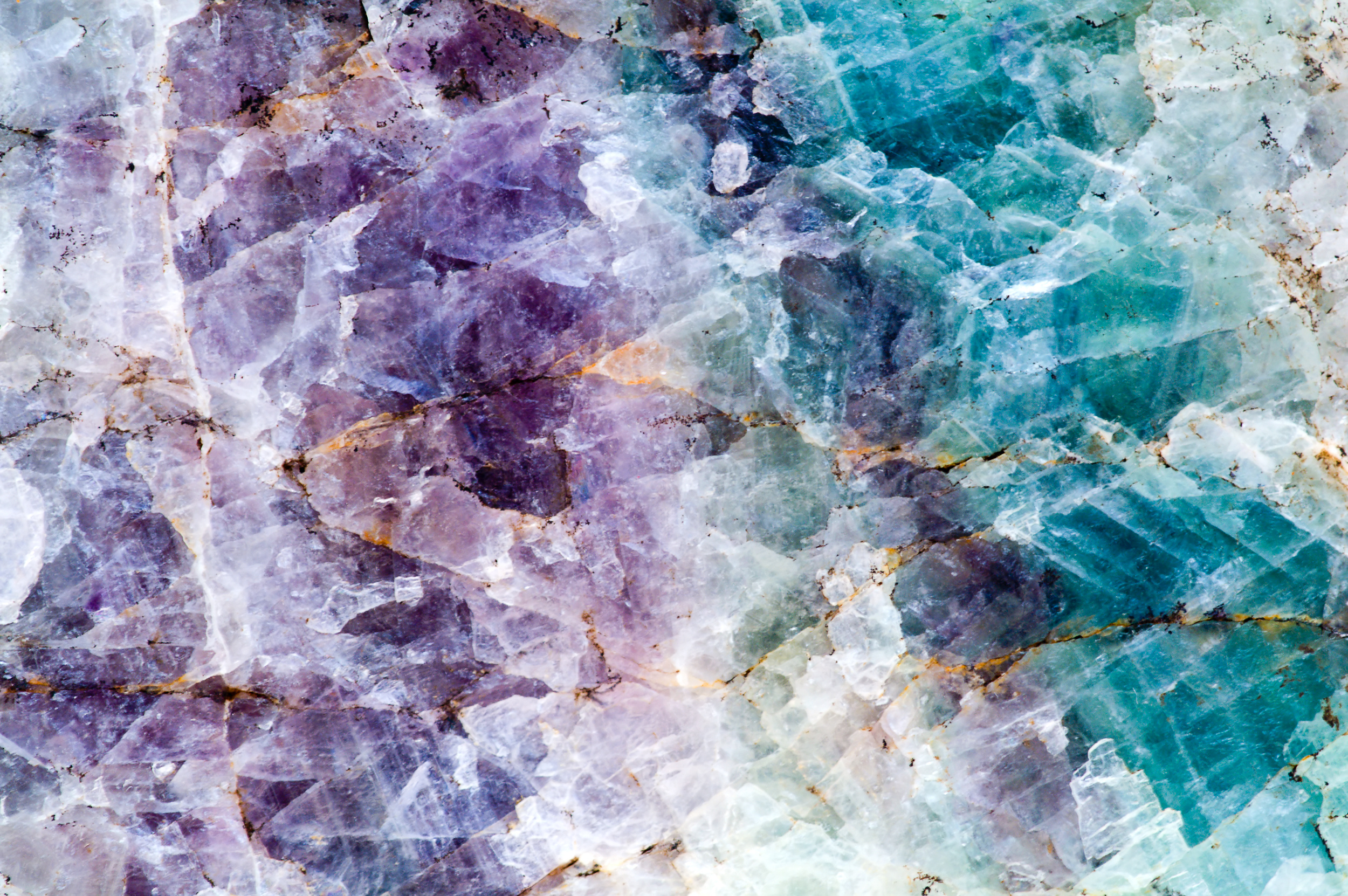
Quartz is a captivating mineral that has fascinated humans for centuries with its stunning beauty and remarkable properties. From its varied forms and colors to its wide-ranging applications, quartz holds a prominent place in our lives and the natural world. In this article, we will embark on a journey to uncover 20 fascinating facts about quartz, exploring its geological origins, unique characteristics, and cultural significance. Join us as we delve into the enigmatic world of quartz and unravel the secrets that make it a true marvel of nature.
Abundant and Ubiquitous
Quartz is one of the most abundant minerals on Earth, making up a significant portion of the Earth’s crust. It can be found in various geological formations, such as granite, sandstone, and quartz veins. Its widespread distribution ensures that quartz is present in many regions across the globe.
The Crystal Kingdom
Quartz belongs to the crystal kingdom and exhibits a crystalline structure. Its crystal system is hexagonal, meaning its crystals have six-sided prismatic shapes with pointed terminations. These crystals can range in size from microscopic to several meters long, showcasing the vastness of quartz formations.
Quartz Varieties
Quartz encompasses a diverse family of varieties, each with its own distinct characteristics and colors. Some well-known varieties include amethyst, citrine, rose quartz, smoky quartz, and milky quartz. These variations arise from different impurities, trace elements, and growth conditions during quartz formation.
Hard as Stone
Quartz is renowned for its exceptional hardness. On the Mohs scale of mineral hardness, quartz ranks at 7 out of 10, just below topaz and corundum. Its hardness makes quartz a durable and resilient mineral, resistant to scratches and wear, contributing to its longevity and popularity in various applications.
Geological Timekeeper
Quartz crystals can provide valuable insights into Earth’s history. Some quartz crystals contain inclusion lines or bands, called growth lines, which form during their growth process. By studying these growth lines, scientists can gain information about the geological events and conditions that occurred during the crystal’s formation.
Unique Optical Properties
Quartz possesses unique optical properties that contribute to its mesmerizing appearance. It exhibits birefringence, meaning it can split a ray of light into two polarized rays, resulting in vibrant displays of color and light when viewed under polarized light.
Vibrational Resonance
Quartz is renowned for its piezoelectric properties, meaning it can generate an electric charge when subjected to mechanical pressure or vibration. This property is exploited in various applications, from quartz crystals used in electronic devices to quartz watches that rely on the precise oscillation of quartz for timekeeping.

Healing and Metaphysical Properties
Quartz has long been associated with healing and metaphysical properties in various cultures. Some believe that quartz crystals possess positive energy and can amplify intentions, promote clarity, and enhance spiritual growth. Quartz crystals are often used in meditation, energy healing practices, and crystal therapy.
Quartz in Technology
Quartz plays a vital role in modern technology, thanks to its remarkable electrical and thermal properties. It is used in the production of electronic components, such as quartz crystals for oscillators and filters, quartz resonators in watches, and quartz plates in frequency control devices.
Quartz in Optics
Quartz’s transparency to ultraviolet light and its ability to withstand high temperatures make it invaluable in the field of optics. Quartz lenses and prisms are used in optical instruments, scientific equipment, and even specialized lenses for cameras and telescopes.
Quartz in Construction
Quartz’s durability and aesthetic appeal make it a popular choice in the construction industry. Quartz countertops, flooring tiles, and decorative elements are prized for their beauty, resistance to staining and scratching, and ease of maintenance.
Quartz Sand: Essential Ingredient
Quartz sand, also known as silica sand, is an essential material in various industries. Its high silica content makes it suitable for use in glass manufacturing, foundries, ceramics, and abrasives. Additionally, quartz sand is a key component in the production of silicon for semiconductors and solar cells.
Quartz and Ancient Cultures
Quartz holds significant cultural and spiritual importance in many ancient civilizations. It has been used in religious rituals, jewelry, amulets, and artistic creations. Ancient civilizations believed that quartz possessed protective and healing properties and associated it with divine energy and enlightenment.
Quartz Geodes: Nature’s Hidden Gems
Quartz geodes are geological wonders that contain hollow cavities lined with beautiful quartz crystals. These natural treasures form when dissolved minerals seep into rock cavities and slowly crystallize over time. Opening a quartz geode reveals a breathtaking display of intricate crystals, delighting collectors and nature enthusiasts alike.

Quartz and Quartzite: Understanding the Difference
Quartz and quartzite are often confused due to their similar names, but they have distinct properties. Quartz is a mineral, while quartzite is a metamorphic rock formed from the recrystallization of quartz grains under intense heat and pressure. Quartzite’s durability and unique patterns make it a sought-after natural stone for countertops, tiles, and architectural features.
Quartz’s Colorful World
Quartz exhibits an impressive array of colors, ranging from clear and white to vibrant hues of purple, yellow, pink, and brown. These colors can be natural or the result of various treatments, enhancing the stone’s aesthetic appeal and expanding its range of applications.
Quartz and Earth’s Magnetic Field
Certain varieties of quartz, such as lodestone and ferruginous quartz, exhibit magnetic properties. When these quartz crystals are suspended, they align with Earth’s magnetic field, serving as natural compasses and fascinating examples of the intricate relationships between minerals and the forces of nature.
Quartz’s Role in Gemology
Quartz gemstones, such as amethyst and citrine, are prized for their beauty and versatility. These gemstones are evaluated based on factors such as color, clarity, cut, and carat weight. Quartz gemstones provide an affordable alternative to more expensive gemstones while offering a wide range of colors and designs.
Quartz’s Environmental Significance
Quartz plays a crucial role in Earth’s natural cycles and processes. It is a major component of sand, acting as a filter and purifier in groundwater systems. Quartz-rich sand dunes and beaches are also significant ecosystems, supporting unique flora and fauna and serving as natural barriers against coastal erosion.
Quartz and its Geological Wonders
Quartz formations can create geological wonders, such as geysers and hot springs. These natural phenomena occur when hot water passes through underground quartz-rich rocks, dissolving minerals and bringing them to the surface. The deposition of these minerals creates colorful terraces and captivating thermal features.
Conclusion
As we conclude our journey through the world of quartz and its fascinating facts, we hope you have gained a deeper appreciation for this extraordinary mineral. From its geological origins to its myriad of applications and cultural significance, quartz continues to captivate our imaginations and serve as a testament to the wonders of nature. Let us cherish the beauty and resilience of quartz, a true masterpiece crafted by the Earth itself.
Was this page helpful?
Our commitment to delivering trustworthy and engaging content is at the heart of what we do. Each fact on our site is contributed by real users like you, bringing a wealth of diverse insights and information. To ensure the highest standards of accuracy and reliability, our dedicated editors meticulously review each submission. This process guarantees that the facts we share are not only fascinating but also credible. Trust in our commitment to quality and authenticity as you explore and learn with us.


